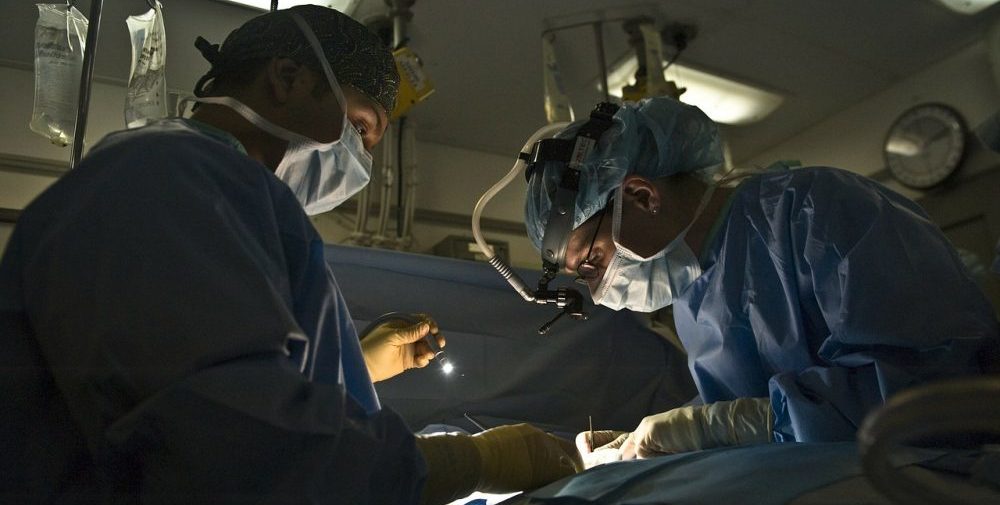1. Tooth Extraction Preparation
Your dentist will need to know your medical and dental history before proceeding with the extraction. Dental X-rays will be taken to ensure that the dentist has an accurate picture of the location of the affected tooth in the jaw bone.
Your dentist will also discuss sedation and anesthetic options available for you. A local anesthetic is usually recommended for adults, while children are also exposed to nitrous oxide (laughing gas) to ease their anxiety. If you are anxious regarding the procedure, your dentist may administer either an oral or intravenous sedative depending on your preference.
2. During the Tooth Extraction Procedure
After the affected tooth, the surrounding areas, and the jaw bone are numbed using a local anesthetic, the extraction will commence.
Your dentist will use extraction forceps to loosen the affected tooth before fully removing it. In some cases, a dental cutting instrument called Luxator is placed between the tooth and the gums to further loosen the tooth. The dentist will employ various teeth extraction techniques to help elevate, and dislodge the tooth from the tooth socket and connecting ligament.
In a surgical extraction procedure where a tooth is difficult to see and/or reach, the dentist or oral surgeon may need to use dental drills and extraction forceps to remove the tooth. More effort is required in these cases, and your dentist may need to resection the tooth, cut and lift the surrounding tissue before being able to fully remove the entire affected tooth. The gums may be stitched back in place or the bone grafts may be added.
3. After Tooth Extraction
Immediate tooth extraction aftercare involves controlling the bleeding gums, and allowing the blood to clot. Pressure is applied to the affected area, and your dentist will ask you to bite down on a piece of sterilized gauze placed over the extraction site.
It is not uncommon to experience pain and swelling of the extraction site after the procedure. Your dentist will prescribe anti-pain medication. You can also apply cold compresses to help relieve the swelling.
After the procedure, make sure to follow a liquid and soft diet to prevent applying pressure to the extraction site. You can proceed to eat other easily-chewable foods after 2-3 days. Just make sure not to chew on the teeth near the extraction site.
It is also recommended to rinse your teeth with a warm salt water mixture only for 3 to 5 days after the procedure. You can continue to brush and floss your other teeth but leave the teeth and gums near the extraction site alone for now.
So those are the main things you should know regarding tooth extraction procedures. If you have further questions or apprehensions regarding the procedure, make sure to ask your dentist about them. Dentists are trained to address any issue that you may have, and help ensure your peace of mind during the procedure.

